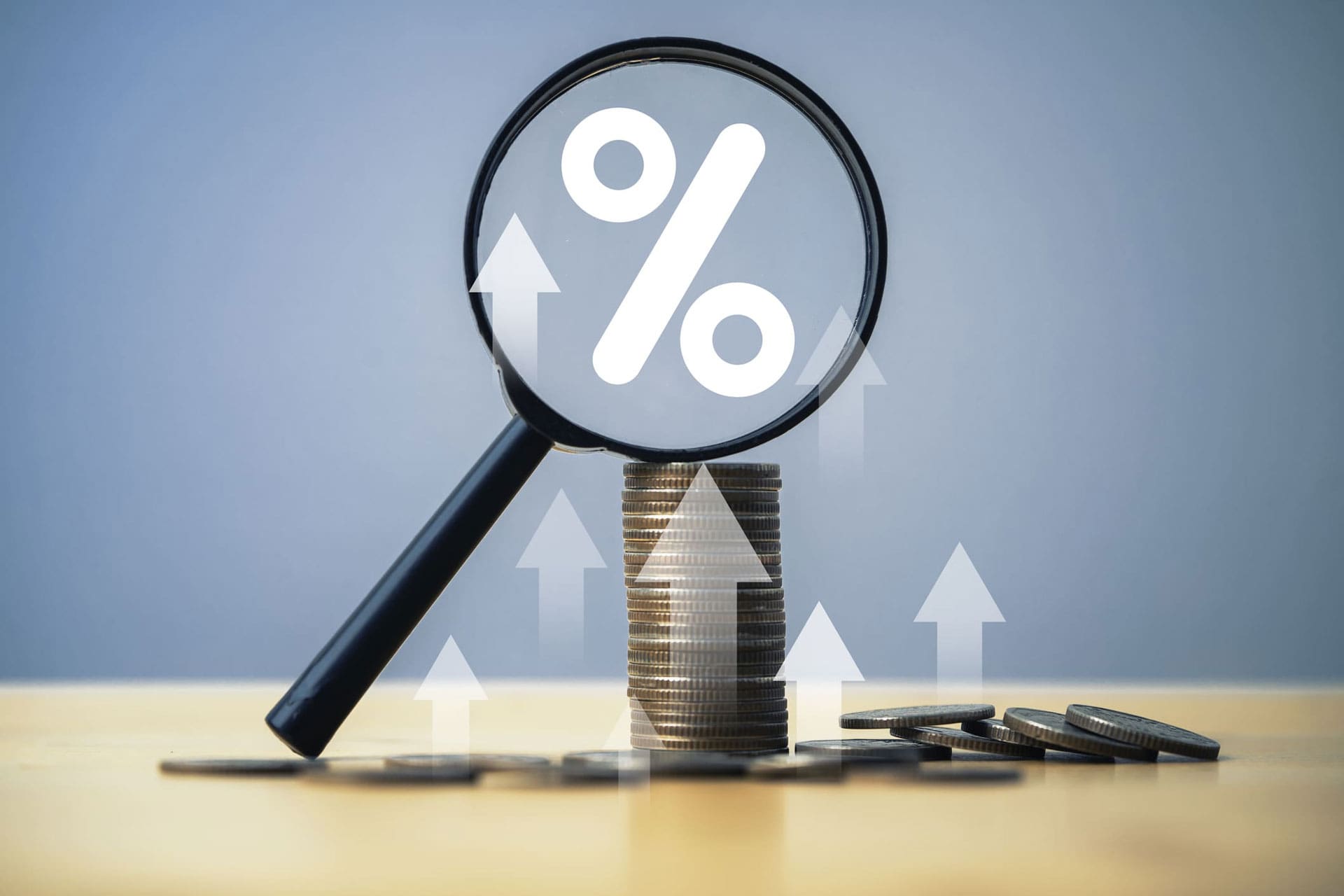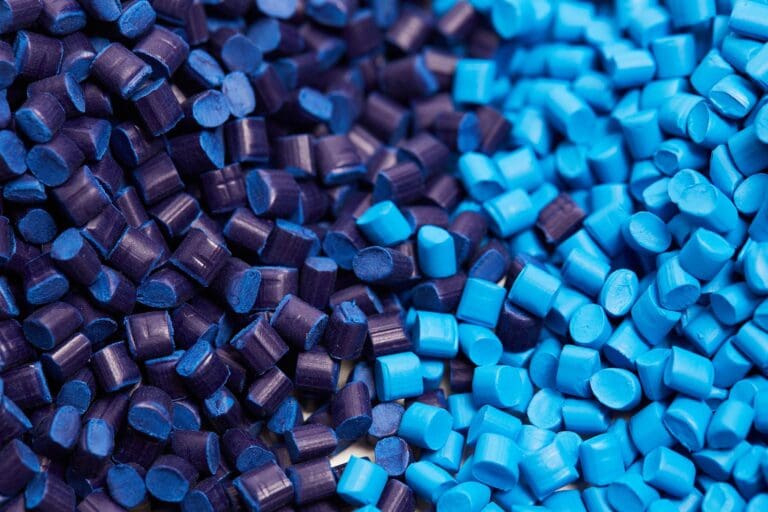Rising production costs were reflected in rising aluminum prices at the end of August
Base metal prices declined month-on-month (m-o-m) in August. However, prices increased in the second half of August due to price correction after the collapse earlier. As for aluminum, rising production costs contributed to the price recovery. Aluminum 3-month prices on the London Metal Exchange (LME) reached a 4-month low at the end of July but rose by 14% during August.
First of all, raw materials for aluminum production rose in price. LME alumina 3m futures prices rose by 2% m-o-m in August. Based on the daily trend, at the end of August, prices had already surpassed the previous high in June. The consumption of alumina is growing dynamically as the global aluminum production in July increased by 4% m-o-m and 2% y-o-y. The growth was mainly driven by China and other Asian countries. Cumulatively, for the first seven months of 2024, global aluminum production grew by 4% y-o-y, and by 5% y-o-y in China.
The second most important driver of aluminum price growth is the growing trend in electricity prices, which account for more than 60% of the production cost. Electricity price growth in Europe and the US follows a 22% m-o-m increase in natural gas prices in Europe in August. The Electricity index Europe price increased by 23% m-o-m in August; US industrial electricity prices rose by 3% m-o-m in August. At the same time, gas prices started to decline towards the end of the month, and market sources expect that the weight of natural gas prices as the main driver of electricity price growth will weaken
Market sources are uncertain about the direction of aluminum prices due to the high level of volatility seen currently. LME aluminum prices were firm at the end of August, but fundamentally, demand is moderate, and market sources don’t expect consumers to increase demand significantly in September. Therefore, market players do not see any prospects for further price increases, but also do not see any opportunities to reduce prices due to high production costs.
Electricity prices drove glass manufacturing costs in August
The movement of energy prices is important within the glass industry because energy constitutes around one-third of manufacturing costs. As such, the prices of natural gas and electricity are major drivers of Expana’s glass container indices.
Recently, natural gas prices in the UK and Europe have been strongly correlated, trading at relatively low levels compared to the supply shocks following the start of the Russia-Ukraine war. In the last few months, natural gas prices have risen due to supply concerns stemming from military action in Eastern Europe and the Middle East. Consequently, Expana’s benchmark glass indices have been trending upwards. However, gas supplies remain abundant.
Both the Western Europe and the UK glass indices increased in August, driven by energy. The Expana Benchmark Prices (EBP) for the Western Europe glass food jar index rose 8.0% month-on-month (m-o-m), whereas the EBP UK index equivalent climbed just 0.9% m-o-m. Gas prices in each index increased by a comparable amount in August, between 17% and 19% m-o-m. However, electricity prices diverged significantly, rising 18% m-o-m in Europe but falling 14% in the UK, resulting in the difference in glass price movements throughout August. Market sources indicated that exceedingly warm weather in certain European countries bolstered demand for electricity for air conditioning, a factor not apparent in the UK. The difference in price increases in the cost of glass in August shows how significant electricity is within glass manufacturing and the importance of monitoring trends in energy markets.
Want to dig into further insights? Discover more on our insights page.



